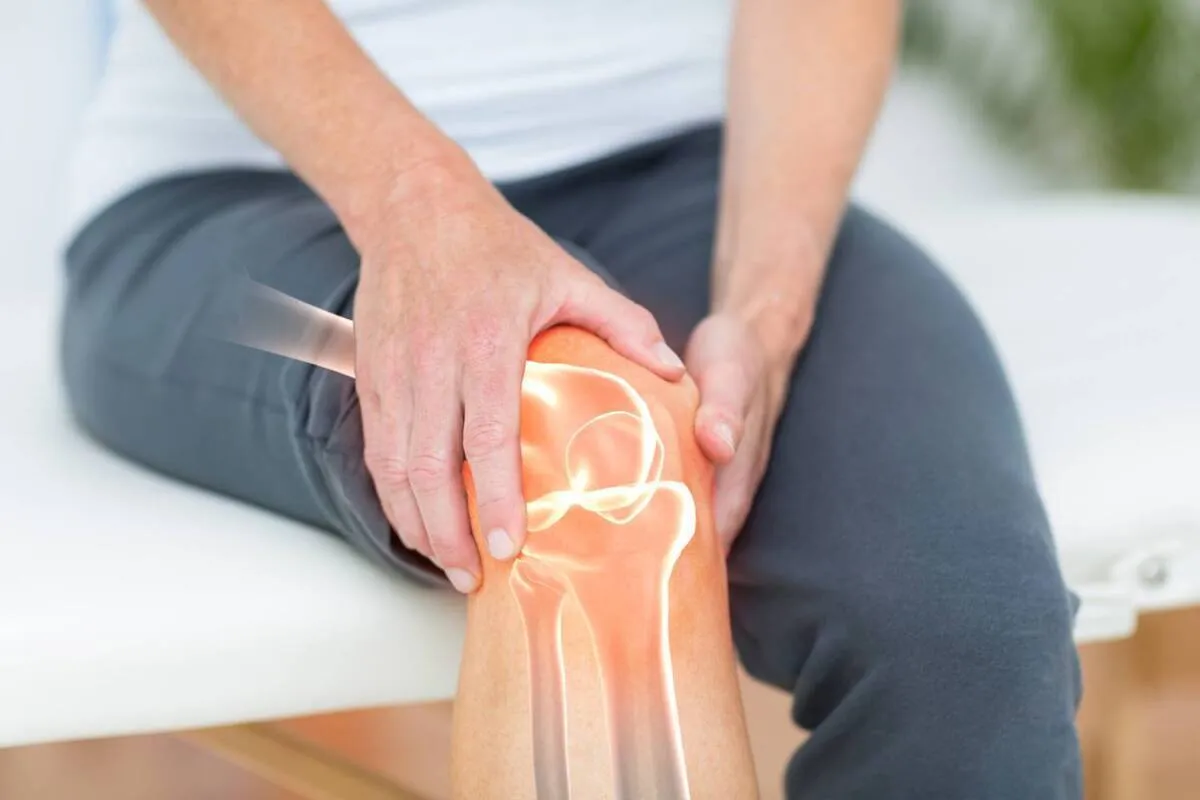Iranian Scientists Discover New Method to Treat Joint Disease with Stem Cells

The researchers found that the bioscaffold obtained from the decellularization of complete bone sheets improves the proliferation and differentiation of loaded mesenchymal stem cells in an animal model.
Also, they proved that decellularized bone-cartilage tissue is the best scaffold for tissue engineering and repairing the damaged bone-cartilage tissues is one of the best methods for treating osteoarthritis defects as a joint disease.
These decellularized scaffolds have the most similar intrinsic properties to the issue like biomechanical properties and preserved connections between cartilage and bone.
However, cell re-infiltration into these structures has been shown to be difficult due to compaction and low porosity. This project aims to produce a new decellularized scaffold from bone cartilage tissue that is recellularized with stem cells derived from mesenchymal tissue.
In another development, in September, Iranian researchers at Royan Research Institute had also succeeded in using stem cells to treat children who suffer from brain tumor, specially glioblastoma.
“We succeeded in making natural killer cells for cancer treatment and the results of the research on children with cancer were positive,” Marzieh Ebrahimi, a full professor of immunology at Royan Research Institute, told ANA.
“After seven years of research, we reached a cell product with the least manipulation called natural killer cells,” she said, adding that these cells can kill the virus-infected tumor cells and are able to distinguish tumor cells from healthy cells and eliminate tumor cells.
“In the first phase trial, we produced a cell product with the least manipulation and by performing quality control, we checked its effect on mouse models with brain tumor; then we obtained the license to conduct the clinical trial,” Ebrahimi said.
Noting that the first clinical trial was conducted on glioblastoma brain tumor patients, she said, “This tumor is considered as one of the worst types of brain tumor and so far there was no treatment but the injection of cells, in addition to being safe for the patients has led to an increase in the life expectancy of patients.”
“In another study, we concluded that the number of injections, in addition to not causing any harm to the patient increases survival and reduces tumor in some patients,” Ebrahimi said.
“Surgery was not possible in a number of children and their bodies had not responded to other treatments; therefore, we tried to carry out the second study on children. Fortunately, the clinical trial of the second study has ended and the results showed that the treatment, in addition to being safe and uncomplicated, improves the patients’ quality of life,” she underlined.
4155/v





















